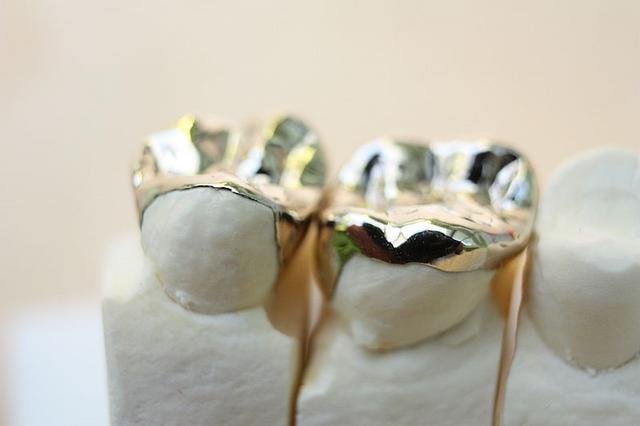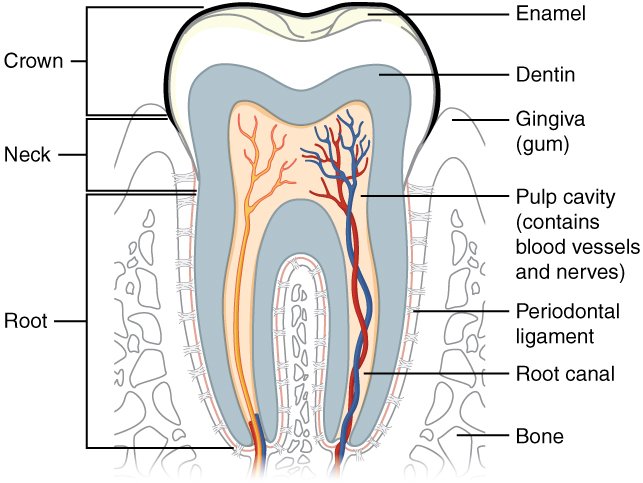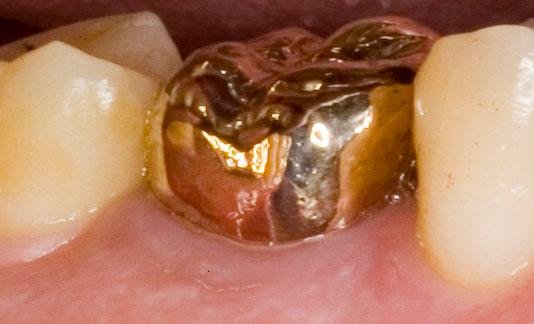
Have you ever had a stabbing toothache? That sort of persistent soreness that won't ease up and changes how you have to eat? @artsygoddess, the moderator of the MSP Discord group Girl Power, is currently suffering from such pain and needs to have a replacement crown. Her insurance policy covers the procedure but the crown itself is listed as being cosmetic and therefore not eligible for funding.
To help her, the members of Girl Power have been creating 'crown' themed posts. The SBD raised will be given to @artsygoddess after payout.
Anyone interested in helping with the #crownfundraiser is invited to read the #TeamGirlPowa Crown Fundraiser post @ellievallie made here. Every effort is appreciated. Together we can all help a fellow Steemian in need. Thank you all in advance for your kindness!
What is a Dental Crown?

Crowns also can be used to attach a dental bridge. Missing teeth create gaps that affect the balance of a person's bite. Teeth will naturally shift and/or rotate to fill these empty sections. This movement can lead to the development of gum disease and/or temporomandibular joints (TMJ). The affixation of a dental bridge prevents this.
History


Current Crowns
As time passed and refinements were made, the materials used in crowns changed and the methods of affixing them in a patient's mouth improved to what we have currently. Today, the creation and placement of a crown only requires two visits to a dentist. The examination is performed, the affected tooth is shaped and an impression is made. A temporary crown is placed over the tooth while the dental impression is sent off to a laboratory to be crafted. Approximately two weeks later, the finished crown is then bonded to the tooth.

There are several different types of materials that crowns are made from today. Which material (porcelain, ceramic, gold, metal alloy or acrylic)is preferable for the patient depends on the location in the mouth, the strength of the material, appearance, and cost. A bit of research into your options and consulting with your dental provider will ensure the best results.

